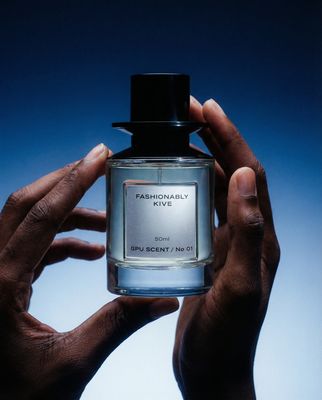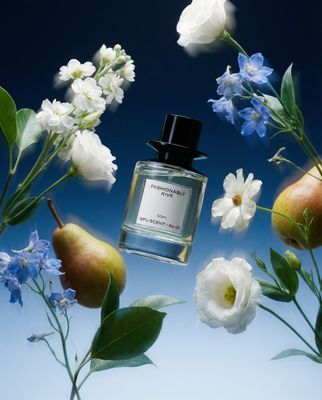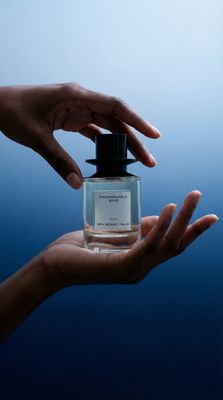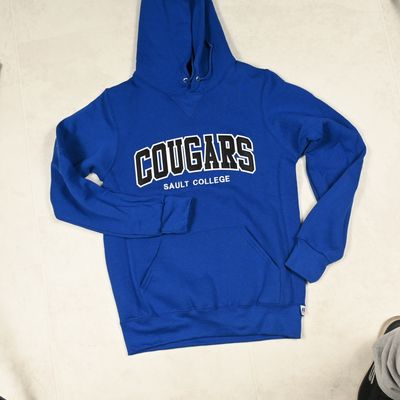Everything about the color Prussian blue
The meaning of the color prussian blue and color combinations to inspire your next creation.
Browse images in the color prussian blue
What color is prussian blue?
Prussian blue is a deep, dark blue with a slightly greenish tint, often associated with a sense of sophistication and depth.
What are similar colors to prussian blue?
For variations within the same deep and rich spectrum as prussian blue, consider:
- Navy (#000080) shares prussian blue's dark, intense vibe but with a more straightforward blue tone.
- Midnight blue (#191970) is similarly dark but leans more towards a purplish hue.
- Cobalt (#0047AB) is brighter, offering a vivid blue that retains the richness of prussian blue.
- Sapphire (#0F52BA) is a vibrant blue that closely resembles prussian blue's intensity.
What color goes with prussian blue?
To complement prussian blue's deep tones, consider pairing it with:
- Gold (#FFD700) adds a luxurious contrast with its bright, warm hue.
- Ivory (#FFFFF0) provides a soft, neutral balance that highlights prussian blue's depth.
- Coral (#FF7F50) offers a warm, lively contrast that enlivens prussian blue.
- Sage (#BCB88A) introduces a subtle, earthy tone that complements the richness of prussian blue.
What color conflicts with prussian blue?
To avoid overwhelming the sophistication of prussian blue, consider avoiding:
- Black (#000000) can overpower the subtlety of prussian blue.
- Gray (#808080) could dull the vibrancy of prussian blue.
- Beige (#F5F5DC) may neutralize the intensity of prussian blue.
- Cream (#FFFDD0) risks washing out the depth of prussian blue.
What does the color prussian blue represent?
Prussian blue symbolizes depth, stability, and trust, often associated with authority and reliability. It conveys a sense of calmness and introspection. Psychologically, prussian blue can evoke feelings of serenity and focus, promoting a contemplative and thoughtful atmosphere. In art and design, prussian blue is valued for its ability to create dramatic contrasts and add depth to compositions, making it a favorite in both traditional and modern works.
What's the history of prussian blue?
Prussian blue was discovered by accident in the early 18th century by a Berlin color-maker named Johann Jacob Diesbach. It was one of the first synthetic pigments, quickly becoming popular due to its vibrant color and affordability compared to other blue pigments like ultramarine. The name "Prussian blue" is derived from its association with the Prussian military uniforms of the time. Today, prussian blue is used in a variety of applications, from art to medicine, where it serves as an antidote for certain types of heavy metal poisoning.
Color Variations
Shades
Tints
Hues
Color Palettes
Monochromatic
Complementary
Analogous
Triadic
Tetradic
Images with prussian blue color
Color Conversions
#003153rgb(0, 49, 83)rgb(0%, 19%, 33%)100, 41, 0, 67hsl(205, 100%, 16%)205, 100, 33#00315319, 0, -253, 3, 919, 25, 26900000000, 00110001, 01010011Color(red: 0, green: 0.19215686274509805, blue: 0.3254901960784314)UIColor(red: 0, green: 0.19215686274509805, blue: 0.3254901960784314, alpha: 1.0)Color(0xFF003153)










